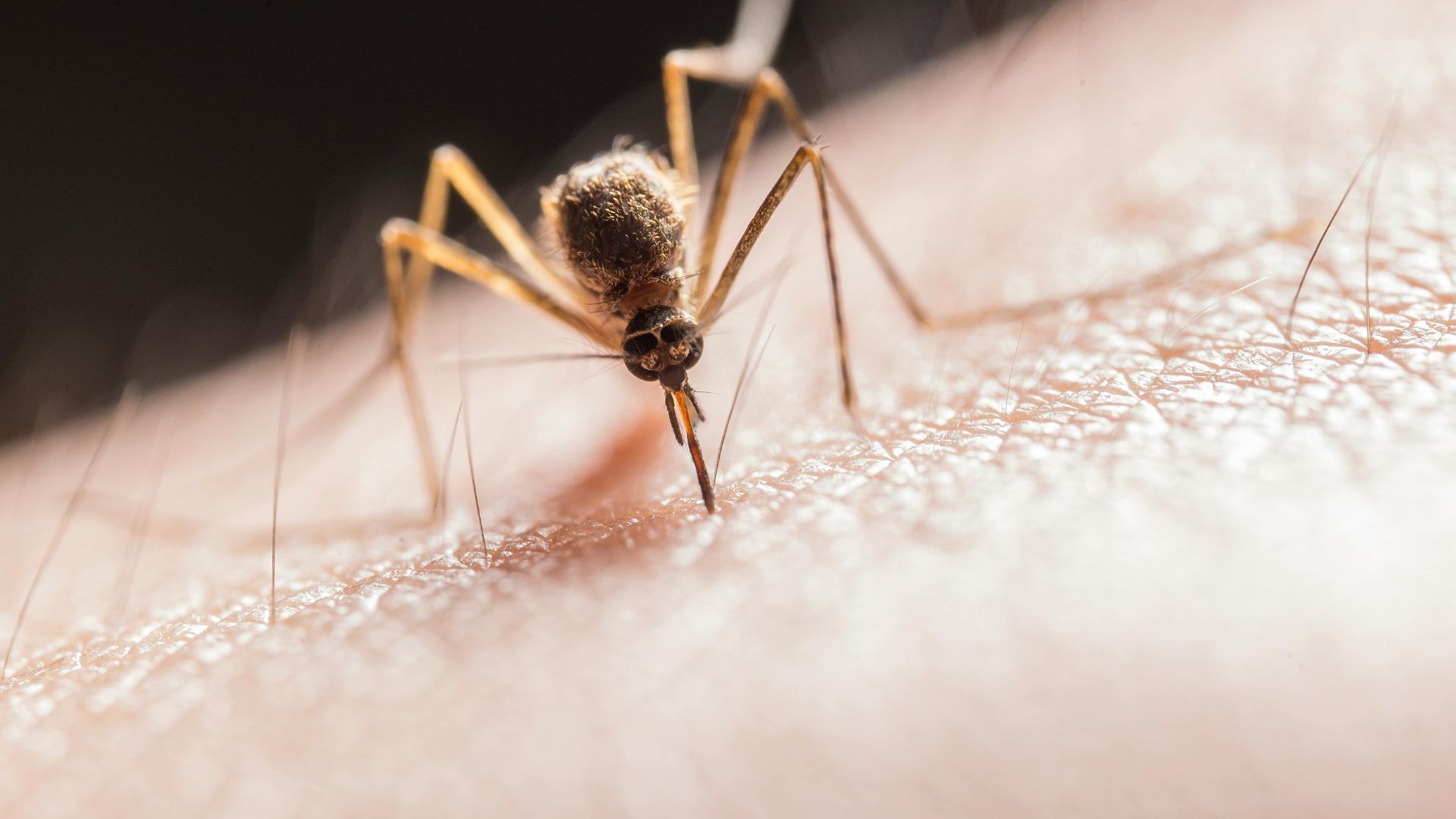An emerging new illness has just popped up in Europe, and experts are worried that it could be worse than COVID-19 and monkeypox.
A debilitating virus called “sloth fever” has just begun proliferating through people. The early symptoms include a rash, headache, and muscle and joint pain.
Cases Discovered This Summer

According to the European Center for Disease Control, 19 cases of Oropouche virus were discovered in Europe in June and July. Twelve cases were reported in Spain, five in Italy, and two in Germany.
The oropouche virus (OROV) is an RNA arbovirus and was first detected in a small village called Oropouche in Trinidad and Tobago in 1955. It has since been dubbed the “sloth virus.”
The Spread

The London School of Hygiene and Tropical Medicine notes that the spread had increased primarily through the bite of infected midges, a small insect similar to a mosquito. Some mosquitos are also known to spread the illness.
The Pan American Health Organization (PAHO) issued the first epidemiological alert when more cases were noted in Brazil, Bolivia, Peru, Cuba, and Columbia in July.
Sloth Fever

The virus has a reservoir in pale-throated sloths and can also stay dormant in non-human primates and birds. However, the nickname for sloth fever has caught on.
Carolina Gonzales, a superintendent pharmacist at Pharmica, says, “The term ‘sloth fever’ is a colloquial name that has emerged due to the virus being found in areas where sloths, which are known to carry a range of parasites and pathogens, are present. However, the name is relatively misleading as it is spread by insect bites, not by direct contact with sloths.”
What Is the Cause of the Recent Outbreak

A professor at the London School of Hygiene and Tropical Medicine, Dr. Enny Paixao says, “Several factors may explain the recent outbreak, including enhanced surveillance, climate and environmental changes, and potential changes to the virus.”
“Similarly to other vector-borne diseases, such as dengue, climate change may also be impacting oropouche virus expansion. Changes to temperature and precipitation can affect transmission, for example, rising temperatures can enhance the rate of development of culicoides midges, one of the virus’ main transmission vectors in South America alongside mosquitos.”
More Research Is Needed

The sloth virus is not new to medicine; however, its recent spread is confounding to experts, and the recent incline in cases needs more investigation.
“Until advancements are made in vaccine development or mosquito and midge control, or until natural immunity within the population in Brazil [and other affected countries] increases, the challenge posed by this neglected tropical disease will persist.”
How Big Is the Risk?

Travel health consultants in the UK note that recent cases in Europe do not bode well for the rest of the world.
As cases begin to spread through the continents, the ability for it to spread to America and onward gets increasingly more common.
Who Is Most At Risk?

“There is much we still do not know about the oropouche virus, but one of the main concerns arising from the current outbreak in South America is its potentially harmful effects on unborn fetuses,” said Paixao.
Just last month, the PAHO issued an alert that showed the transmission of the sloth virus was recorded from mother to child in Brazil.
Virus Could Be Deadly To Babies

Pregnant women and small babies are most at risk of succumbing to the side effects of the illness. With many other viruses, anything that causes brain swelling or infections in pregnant women is deadly.
“Some very limited studies have suggested that antibodies against the virus have been found in children born with microencephaly and that there may be a link between infection, miscarriage, and fetal deaths in Brazil, but further research is needed to investigate a potential causal link,” says Paixao.
What Are the Symptoms?

The symptoms of the sloth virus are a rash, headache, and muscle or joint pain with weakness.
As well, affected individuals may experience some gastrointestinal symptoms and sensitivity to light. The research center looking at the illness noted that it can, in rare cases, lead to neurological symptoms similar to meningitis.
Can It Be Treated?

Right now, there are no specific antiviral treatments or a vaccine that would help curb the sloth virus’s transmittable spread.
The treatment focuses on managing the symptoms and providing supportive care. Patients are advised to stay rested and hydrated and take over-the-counter pain relievers to reduce fever and swelling.
Is Sloth Fever Deadly?

In more severe cases, hospitalization may be necessary to provide extra fluids and care.
Right now, the only people that could have a fatal case, are unborn babies.








































